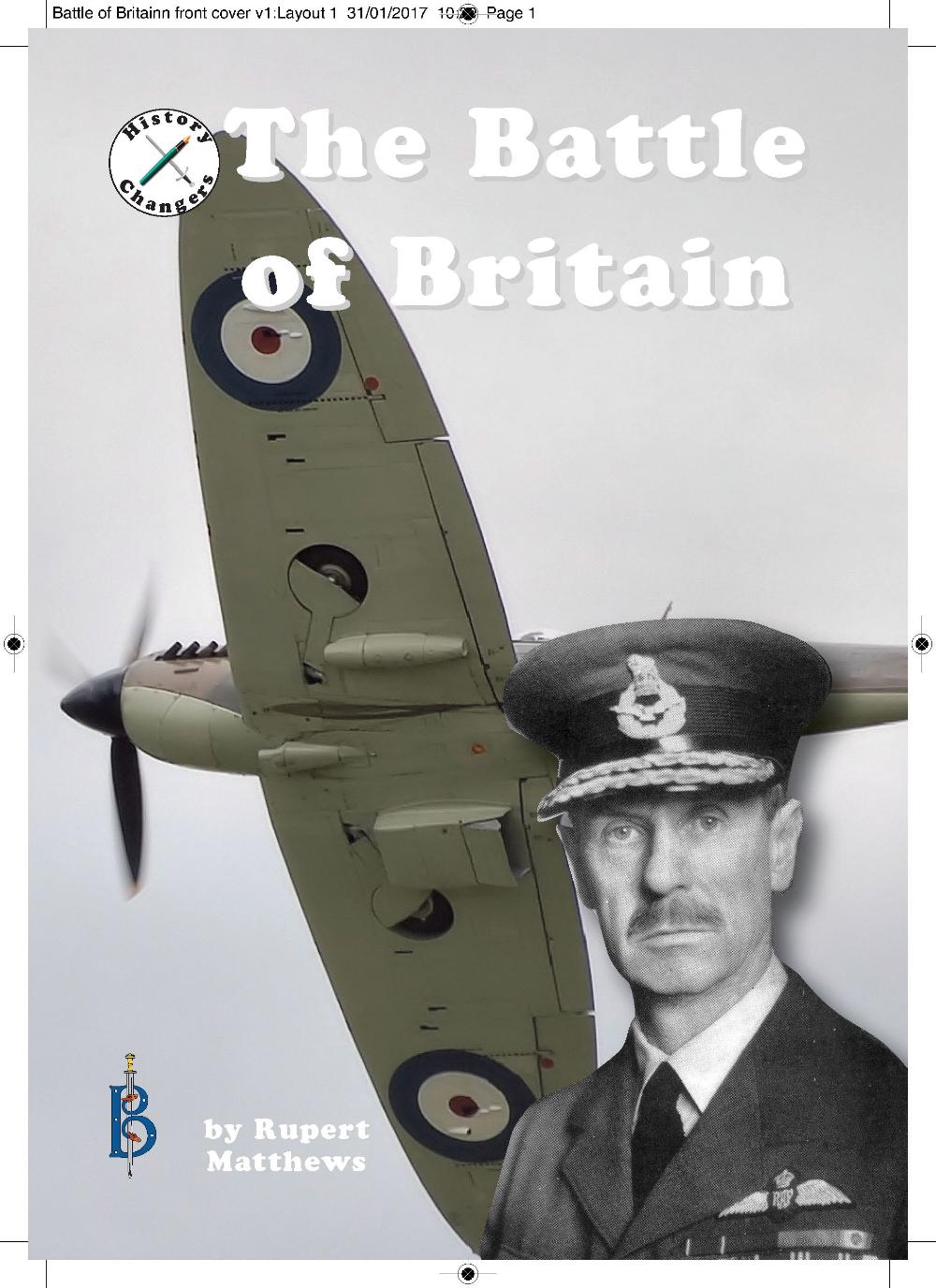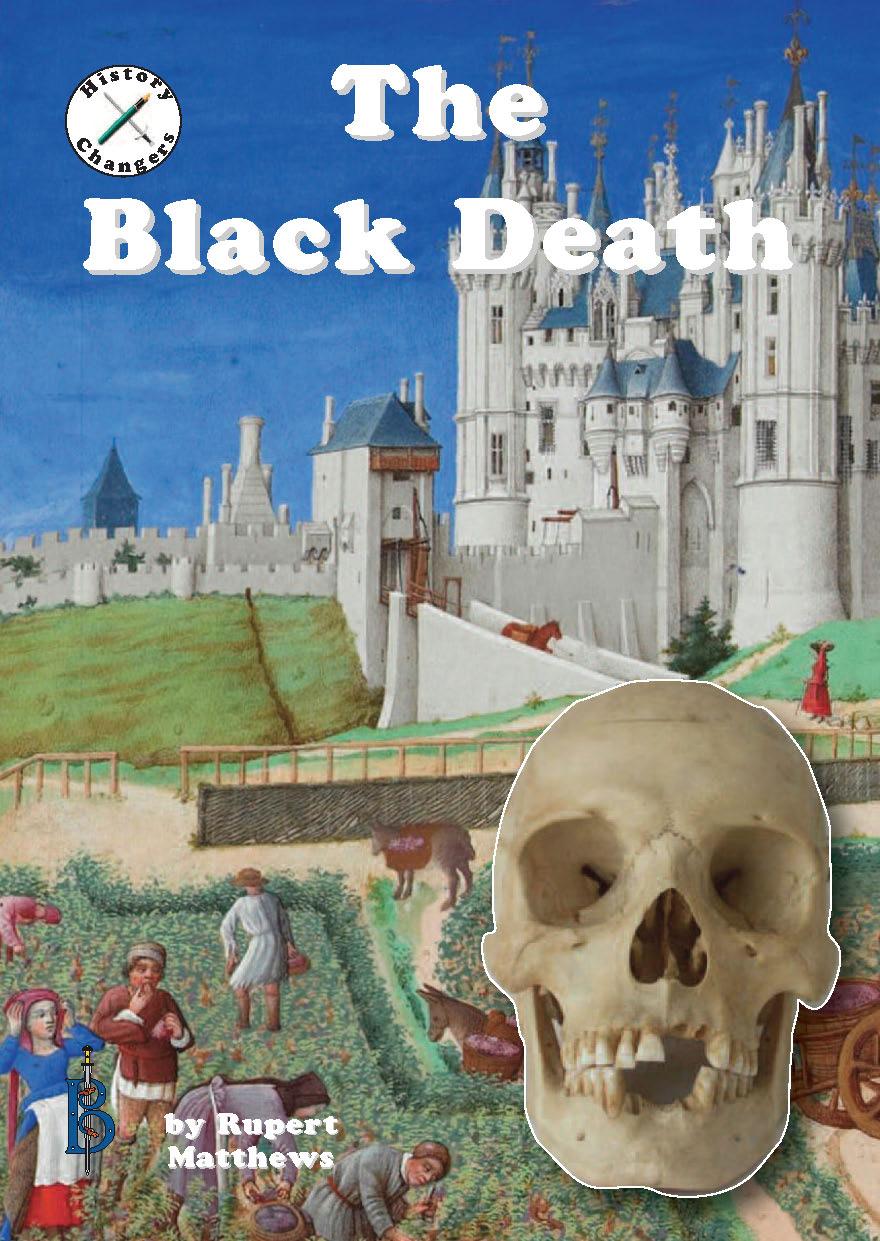School Visits - Key Stage 2
1 - Non-Fiction Activities
Introduction
This session is based on the books that I have written in the "History Changers" series of books for Bretwalda Books. Each book concentrates on a person or event from the National Curriculum that changed history. After a short introduction about each book, the class votest on which title to use: The Black Death, Ernest Shackleton, etc etc.
Learning objectives
Listening and responding, questioning, imaginative artwork, chronological writing (see follow up activities).
Size of group
Works best with a small group – ideally fewer than 30.
Duration – short talk and reading
About 45 minutes to one hour.
Duration – Artwork Primer (optional)
About 45 minutes.
Duration – writing recount activity (optional)
About 60 minutes.
Duration – Background Research Screen Show (optional)
About 60 minutes.
Location
Classroom.
Ideas for follow-up activitiesOK
- Independent work: Children recount the person or event in their own words and pictures.
- Paired / partner work: 'My Friend' – children find out about their friends and make biographies of them.
- Discussion: Understand the difference between biography and autobiography.
2 - Creative Writing
Introduction
After a discussion about stock characters and storylines used in traditional folk tales, the children work individually to write their own folktale. They are encouraged to place the traditional themes in a modern setting, with support on characters, plot and setting. They use A3 double-sided worksheets which they fold to make into an 8-page A5 booklet.
Differentiation
The layout of the worksheets vary between the different years - with more picture work for the younger children and more writing for the older age groups.
Learning objectives
Creating and shaping imaginative texts.
Size of group
Individual classes or small groups.
Duration
About 60 – 90 minutes.
Location and requirements
Classroom.
Use of photocopier to run off A3 worksheets.
Ideas for follow-up activities
- Group work: Children work in small groups to plan and write further folktales.
- Mentoring: Older children mentor younger children to create foltales.
- Sharing through role-play: Finished folktales are shared in assemblies, with two or three children assuming character roles to present their folktale.
3 - Non-Fiction Writing (1)
Introduction
This activity begins with a discussion about biographies, how they are constructed and what questions they answer. The children then split into pairs so that each can write their partner's biography. They use two A3 double-sided worksheets which they fold to make into a 16-page A5 booklet, telling their partner's biography in words and pictures.
Learning objectives
Speaking, questioning, listening, writing and presenting information texts.
Size of group
Individual classes or small groups.
Duration
About 60 – 90 minutes.
Location and requirements
Classroom.
Use of photocopier to run off A3 worksheets.
Ideas for follow-up activities
- Researching: Children research and write the biography of a real person they are interested in.
- Mentoring: Older children mentor younger children to write each other's biographies.
- Imagined biography: Children imagine meeting someone their age but from another place and another time (past or future). What's their story?
4 - Non-Fiction Writing (2)
Introduction
​The Prime Minister is often in the news and should be familiar to the pupils. This activity opens with a short account of what the Prime Minister does and how the office fits into our system of government. It then moves on to a letter-writing activity in which children write formal letters to the Prime Minister. Looks at the format of the letter, the formal salutation, the formal closing line, and the postal address to use.
The letter content would be for children to decide. What would they like to ask the Prime Minister? What would they like to tell the Prime Minister about themselves, their family, their town, their hopes for the future, and so on? This would be part of the class discussion.
Learning objectives
Letter format, correct greeting and closing styles, persuasive and informative writing.
Size of group
Works best with a small group – ideally fewer than 30.
Duration
About 60 minutes (this allows for discussion time, writing time and, hopefully, sharing time at the end of the session).
Location
Classroom.
VIP visitor
The Prime Minister comes too! In the form of a lifesize figure that looks surprisingly realistic in photos.
Will the Prime Minister write back?
A member of staff will – the Prime Minister has staff to handle this task.


